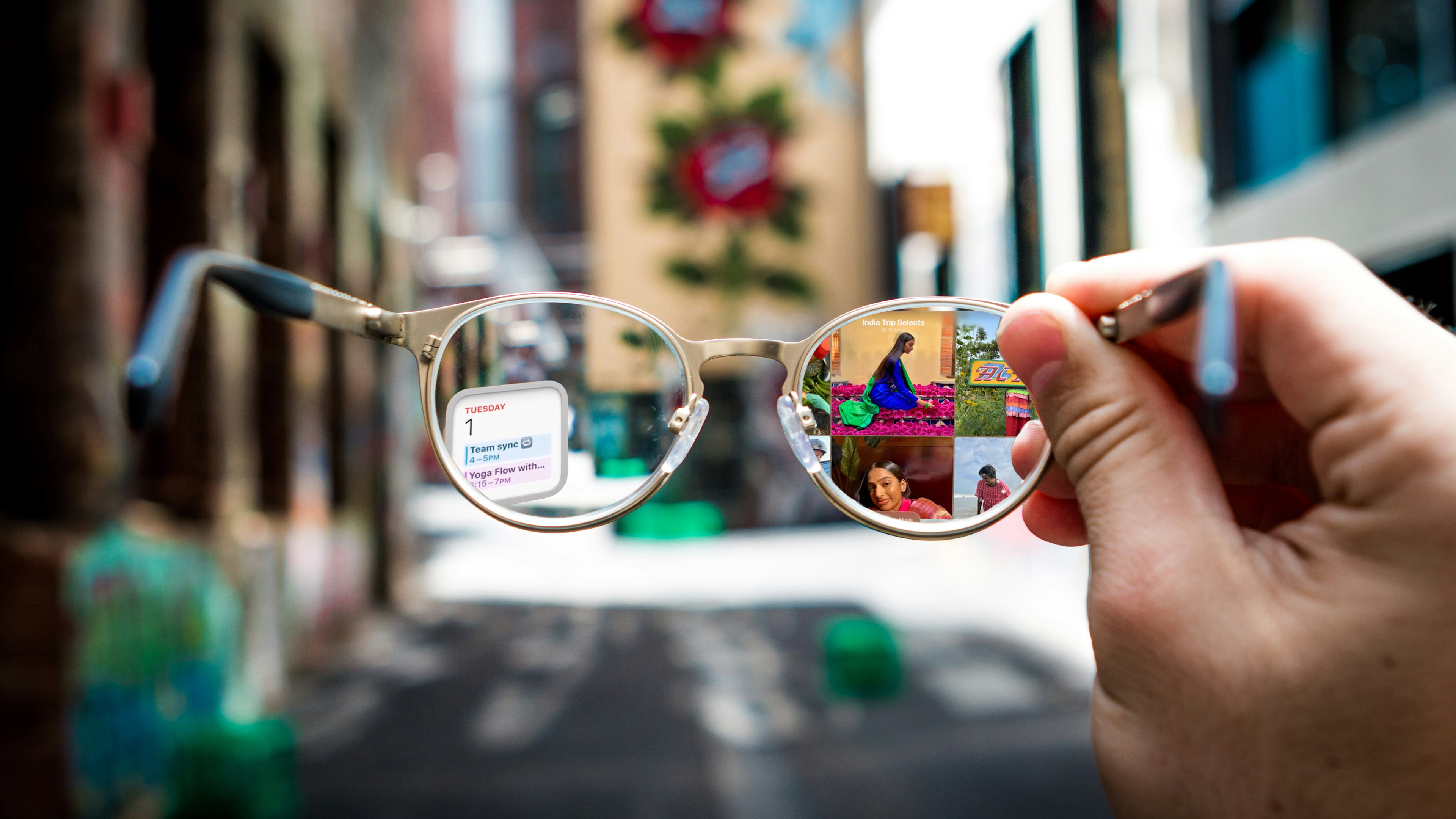Forget Apple Vision Pro — visionOS 26 sets the stage for killer smart glasses
This feels like a tease that is screaming 'smart glasses incoming!'

We called the Apple Vision Pro a revolution in progress in our review, but visionOS 26 proved the $3,500 headset is a warm-up for the real revolution.
Don’t get me wrong, the new features announced at WWDC 2025 look (mostly) great — jury’s still out on the uncanny valley of Personas — but from widgets you can anchor around your room and spatial browsing giving you a 3D web browser experience in Safari look so cool.
But with each new feature announced, I came to a realization: visionOS 26 is built for glasses, not goggles. These would make for a breakthrough pair of smart glasses.

It’s a kind of magic…

On the face of it, visionOS 26 is purpose-built for spatial computing at home. It’s an all-encompassing 360-degree experience that is designed to turn an entire room into a virtual smart space.
Beyond the nice add-ons for viewing and playing like support for 360-degree video captured from the likes of Insta360 or a Go Pro and PlayStation VR2 controller support, spatial widgets can be placed anywhere in a room with customizability to match a room’s vibe and accurate anchoring.
Plus, new Shared Spatial Experiences mean you can all be watching or doing the same thing (either in the same room or remotely via FaceTime), Spatial Scenes bring a new AI algorithm to turn 2D content into 3D, and that comes to Safari too for 3D web pages too.
Other nice-to-haves include relaying calls from iPhone, using your eyes to scroll apps and websites, and that enhanced Apple Intelligence feature set.
Get instant access to breaking news, the hottest reviews, great deals and helpful tips.
…but imagine it in glasses

Take all of that from above and think about it in something the size of spectacles.
I’m not for one second saying you’re going to pin spatial widgets on the Long Island Railroad train to Penn Station. But this kind of versatility from glanceable information to interacting with immersive content is huge.
It’s the golden goose that the likes of Meta’s Project Orion and Android XR are chasing — all with that dash of Apple’s “it just works” shine.
Throw in the local AI model too with all the developers putting in their app intents for an agentic experience too, along with visual intelligence to answer questions about the world around you, and this could be the breakthrough we’ve all been looking for.
How would it work?
One thing is clear right now — standalone smart glasses are not fully possible yet. To get there, we need the computational power, display tech and battery capacity to evolve a whole lot further, while also being small enough to fit in a pair of specs.

The main workaround for now is a separate device, and that smartphone you’re probably reading this on is a damn powerful device for this purpose. You already see this in the companion apps to the likes of the Viture Pro XR Glasses, or even standalone devices like the Xreal Beam Pro that look a whole lot like a smartphone.
And if anyone has really shown its chops in being able to make lightning fast wireless connectivity between its own devices, it’s Apple. Continuity could lead the way here to open up visonOS on glasses and become that screen that means you keep that iPhone pocketed.
That would be the way to do it in the next 12 months — unless Apple has figured something out that we don’t know about. The company has possibly been buying up AR glasses and reverse engineering them, so we could be on the cusp of something massive.
Outlook

Apple’s smart glasses play is no secret if you follow the rumor mill closely. Reportedly, Tim Cook “cares about nothing else” but beating the Ray-Ban Meta smart glasses to the AR punch.
And if you track that to what we saw here, visionOS 26 is Cupertino showing pretty much its entire hand — with the ace up the sleeve being these much-hyped glasses.
Everything is falling into place like I expected, and unless there’s another Apple Intelligence-sized bump on the road, I think we can safely say that Vision Pro has been a rather tasty amuse-bouche to what will be a revolutionary main course.

Jason brings a decade of tech and gaming journalism experience to his role as a Managing Editor of Computing at Tom's Guide. He has previously written for Laptop Mag, Tom's Hardware, Kotaku, Stuff and BBC Science Focus. In his spare time, you'll find Jason looking for good dogs to pet or thinking about eating pizza if he isn't already.
You must confirm your public display name before commenting
Please logout and then login again, you will then be prompted to enter your display name.
